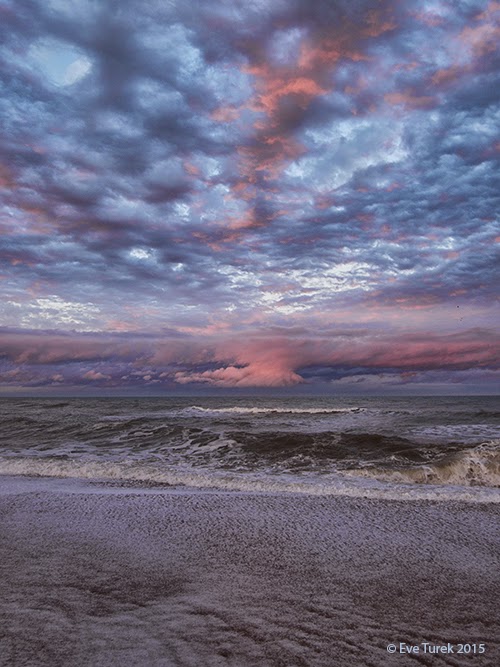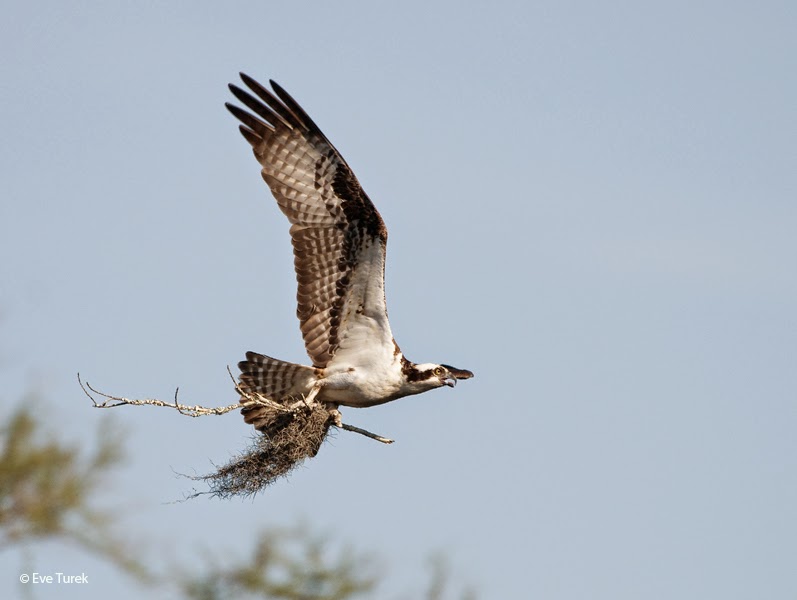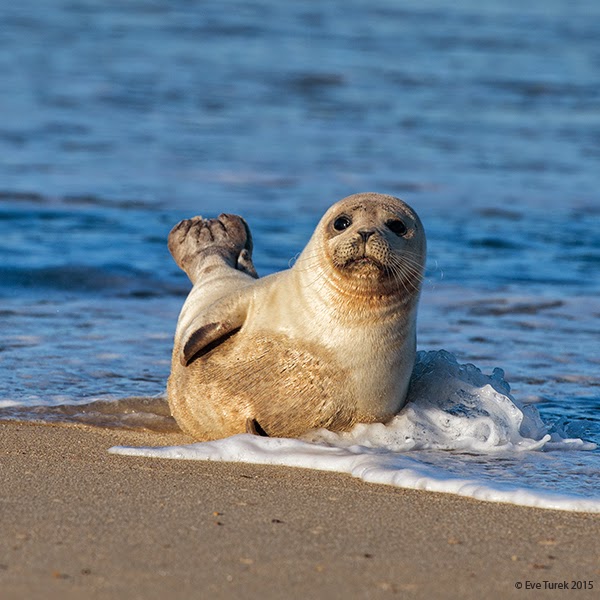As owner along with my husband Pete of a fine art gallery and frame shop on the Outer Banks of NC, I've made friends with many painters these past nine years. Painters--like writers and musicians--begin with a blank. A blank canvas, a blank paper, an empty page, silence. Into this space they pour themselves, their visions, their words, their melodies.
Photographers are polar opposites. We begin with an overload of input, all our eyes can see in any given direction, all our ears can hear. Our challenge is to edit from the get-go, not after a first draft or initial sketch. Out of all this stimuli, where is the story? What cries out or whispers gently for attention? What is the essence here?
Sometimes the entire scene properly framed can communicate the essence of a place or a season. Sometimes the essence is much more subtle and better told through distilling an image that contains very few elements. Take winter. (The forecast with windchill for tomorrow morning is single digits, so I have "essence of winter" on my mind tonight.)
Our winters, even our worst ones, contain plenty of days over 50 degrees, and enough days in the 60s and above to make us believe in spring all winter long. If we do get a snowstorm, accumulation usually is under an inch or two and rarely lasts longer than a day. We don't have iconic snowcapped mountain peaks and frozen waterfalls. So how can a photographer get to the essence to tell a winter story of the Outer Banks?
This illustrates an example of a scene with multiple elements, all of which help define the sense of place that is the mid-Atlantic coast. Sand fence does duty as snow fence, seaside grasses are covered with white powder which balances with the white foam of a wind-driven ocean.
Here I went searching for something subtler. Spanish moss is native to the southeast coast; the limit of its northern native range is coastal Virginia. The contradiction of a plant associated with the deep south bearing a weight of snowfall creates a vignette of winter in the south. The fact that the snowy moss resembled a heart is what drew my own heart to the story being told here through very few elements.
Neither approach is superior. Photographers, as their artistic compatriots, must exercise the power of choice and discernment to tell their stories well.

























